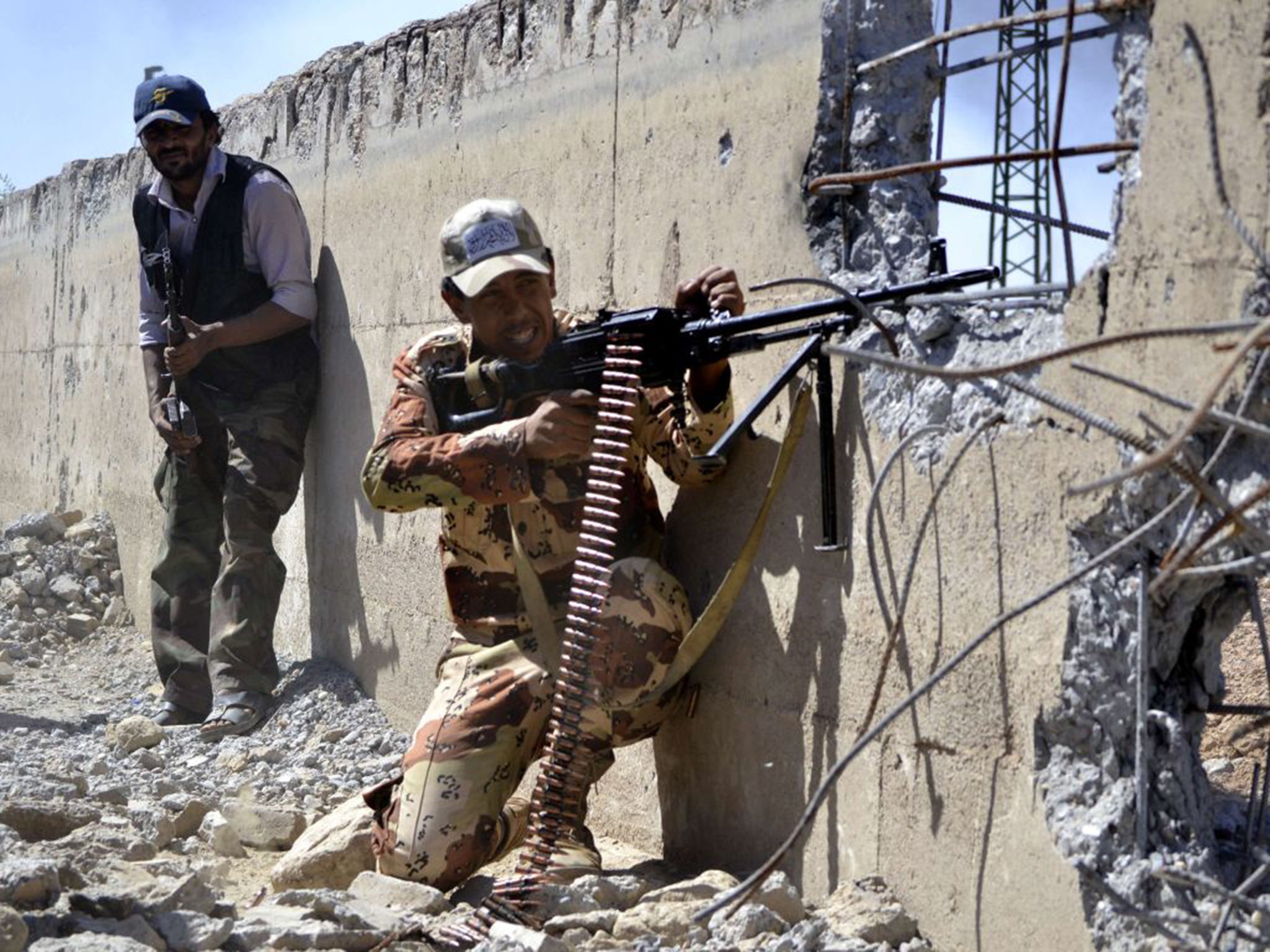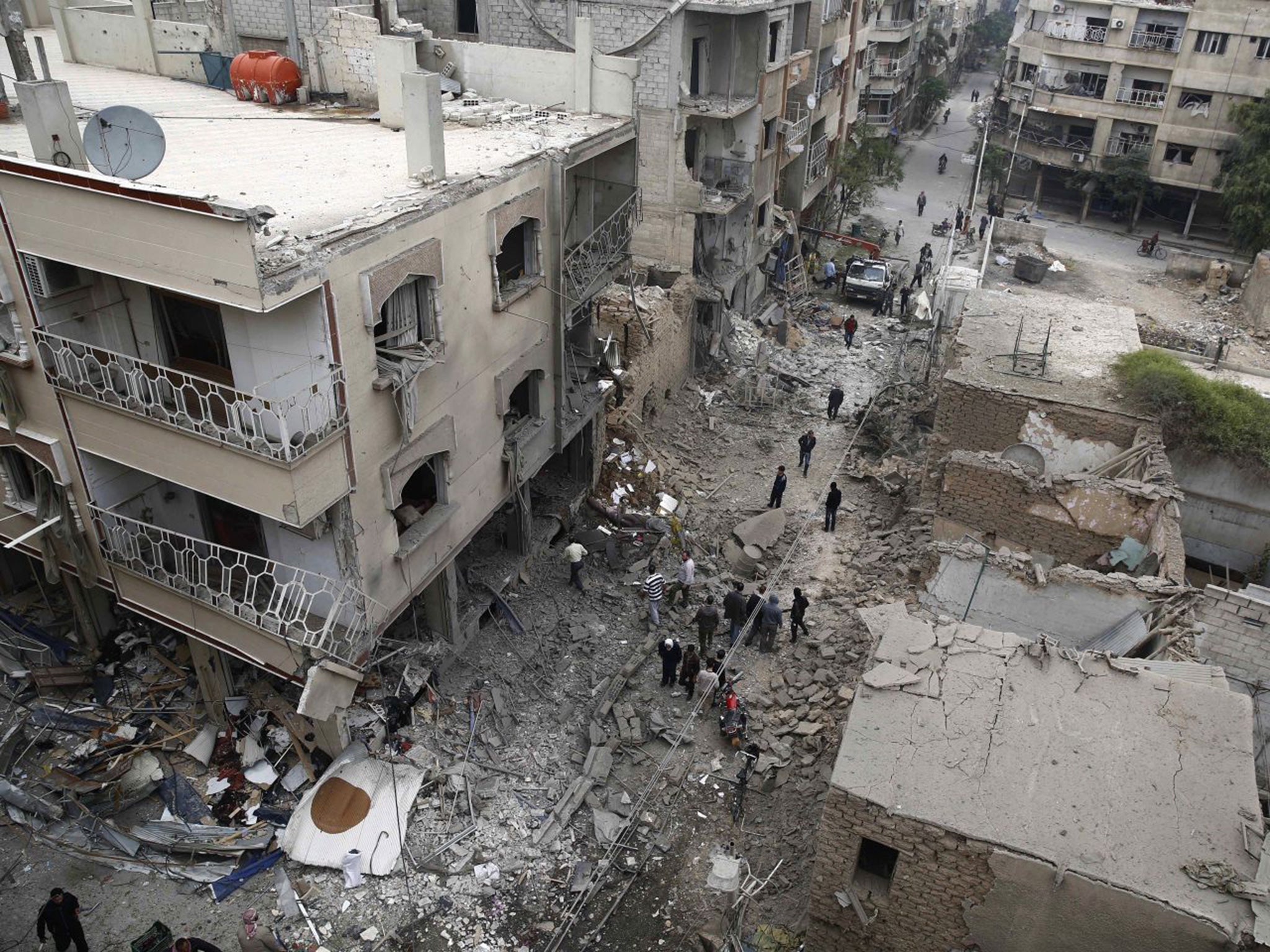War on Isis: Complicated Syrian battlefield increases chances of air strikes hitting the wrong targets
Many foreign powers and their local proxies are fighting for supremacy in Syria, but none has so far shown the strength to win


Your support helps us to tell the story
From reproductive rights to climate change to Big Tech, The Independent is on the ground when the story is developing. Whether it's investigating the financials of Elon Musk's pro-Trump PAC or producing our latest documentary, 'The A Word', which shines a light on the American women fighting for reproductive rights, we know how important it is to parse out the facts from the messaging.
At such a critical moment in US history, we need reporters on the ground. Your donation allows us to keep sending journalists to speak to both sides of the story.
The Independent is trusted by Americans across the entire political spectrum. And unlike many other quality news outlets, we choose not to lock Americans out of our reporting and analysis with paywalls. We believe quality journalism should be available to everyone, paid for by those who can afford it.
Your support makes all the difference.The battlefield in Syria and Iraq is getting more complicated by the day. The Syrian government says that US aircraft attacked Saeqa army camp, firing nine rockets that killed three soldiers and wounded 13. This is denied by the US military, which says it is “certain” that Russian aircraft carried out the attack.
It is impossible to be sure what really happened. But the alleged air strike underlines the extent to which those involved in the war are intertwined and pursue separate enemies and agendas. The attack took place in Deir Ezzor province, which is mostly controlled by Isis, but there are pockets of government held territory such as Saeqa camp.
Western governments have alleged that the Syrian government has not been fighting Isis in the east of the country. This is largely untrue, but President Bashar al-Assad has played down the conflict there because it has produced a series of government defeats by Isis which has filmed its fighters executing Syrian soldiers by shooting or decapitation. Syrian forces backed by Russian airpower are now intending to launch an offensive to recapture Palmyra, which Isis captured in May.
Eastern Syria is mostly held by Isis, but the Syrian Kurds have taken much of the northern border area, cutting Isis off from Turkey. Ankara is adamant that it will not allow the Kurds to attack west of the Euphrates to close Isis’s last access and exit point to the outside world. The US is pressuring Turkey to seal the border to Isis by sending up to 30,000 troops to close off the area from the north. The Russians have increased their bombing of the border area in north-west Syria to seal off non-Isis Syrian opposition forces from Turkey.

Many foreign powers and their local proxies are fighting for supremacy in Syria, but none has so far shown the strength to win. Russian air support has enabled the Syrian army to recover from setbacks earlier in the year, but has not given it a decisive advantage.
A map of the ground war would show a jigsaw puzzle of different parties in control of different bits of territory. With the Russians increasing their air strikes since the Turks shot down a jet last month and the US and France, now joined by Britain, doing the same, there is an increasing risk of aircraft hitting the wrong target.
Join our commenting forum
Join thought-provoking conversations, follow other Independent readers and see their replies
Comments